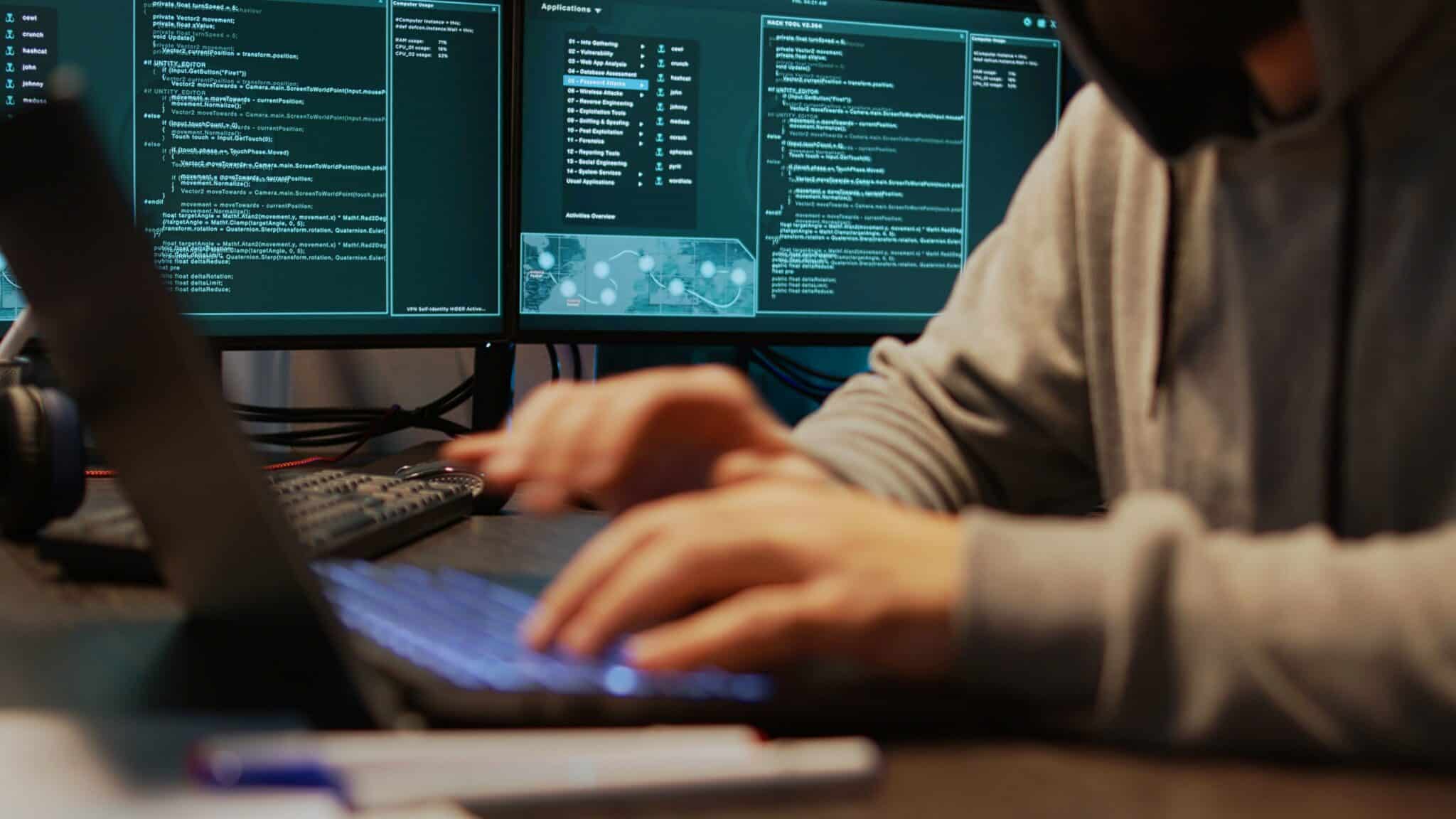In the era of technology, security is no doubt the major issue of concern. In the case of a subpar security system, your business can be brought down by a cyber-attack in a fraction of a second, and you might never be able to recover again.
Saving you from security threats is the Security Operations Center (SOC) in association with DevSecOps, which acts like a thumb revolution for many organizations. SOC with DevSecOps, can help organizations in scaling security capabilities at their best.
Why Integration Matters
DevSecOps is essentially adopting the concept of DevOps and fostering a culture of integrating security at all phases of software development. When this concept is coupled with SOC monitoring and vigilance, it presents a great defense mechanism against cyber threats.
The Role of a Security Operations Centre
The SOC team is continuously and simultaneously at work around the clock, exploring the logs, finding the oddities in them, and neutralizing them as soon as possible to avoid any potential damage. This real-time exploration is a must in order to sustain a world where cyber-attacks are increasing every day.
Steps to Integrate SOC with DevSecOps
- Collaborative Culture: First off, you have to develop a collaborative culture to integrate SOC and DevSecOps. Both bodies have to work in coordination and share insights and feedback regularly.
- Meetings: There should be frequent meetings and training sessions together. In this way, both SOC and DevSecOps will have the same security objectives and plans.
- Monitoring: Continuous monitoring is the principal approach to integrate SOC with DevSecOps. Classic security checks at different stages of the pipeline allow attackers to slip through.
- Testing: DevSecOps should include security tests in the CI/CD pipeline to check for weak spots. The analysis and feedback should be provided immediately.
- Gap Removal:It would help developers to remove security gaps quickly and each phase of the Software Development Life Cycle is under scrutiny.
- Threat Intelligence: The SOC division, along with DevSecOps, can add threat intelligence to the system as well. This way, valuable data can be kept safe and the intelligence system can help organizations to secure their development process in a more vigilant way.
- Automation: Finally, automation is the best approach to reinforce security. DevSecOps should enable automated continuous security monitoring and testing. Automation reduces manual effort and is efficient and regular. Code scanners may identify risks in scripts and source code.
Conclusion
First off, it is necessary to understand that the composite idea of SOC + DevSecOps is not just a good-to-have; it is a natural implication of things in the cybersecurity profession. It translates to closing up vulnerabilities faster and holding better context about the cyber threat.
Think of a medieval fortress —- fenced with sentinels and guarded with thick walls and fastened drawbridges. That is what you get when you combine Security Operations Center with DevSecOps — a powerful, strong, and, simply put, impenetrable security posture.
